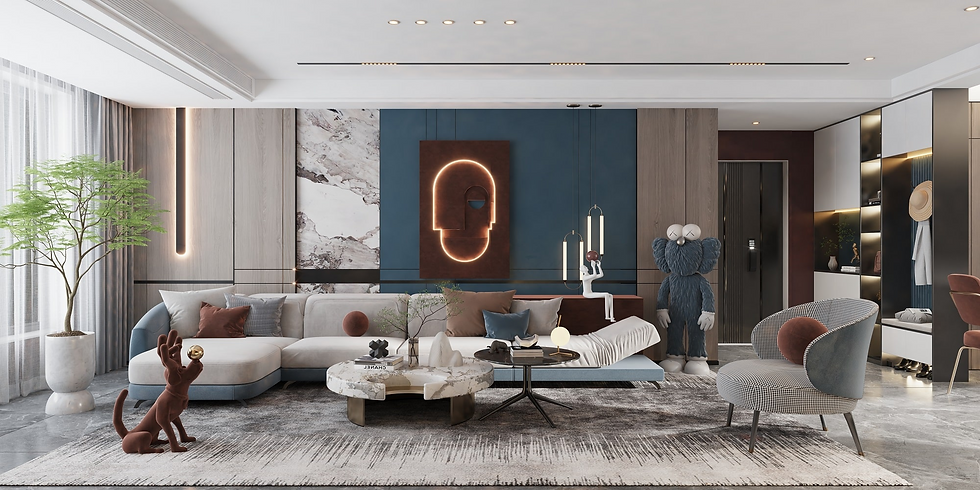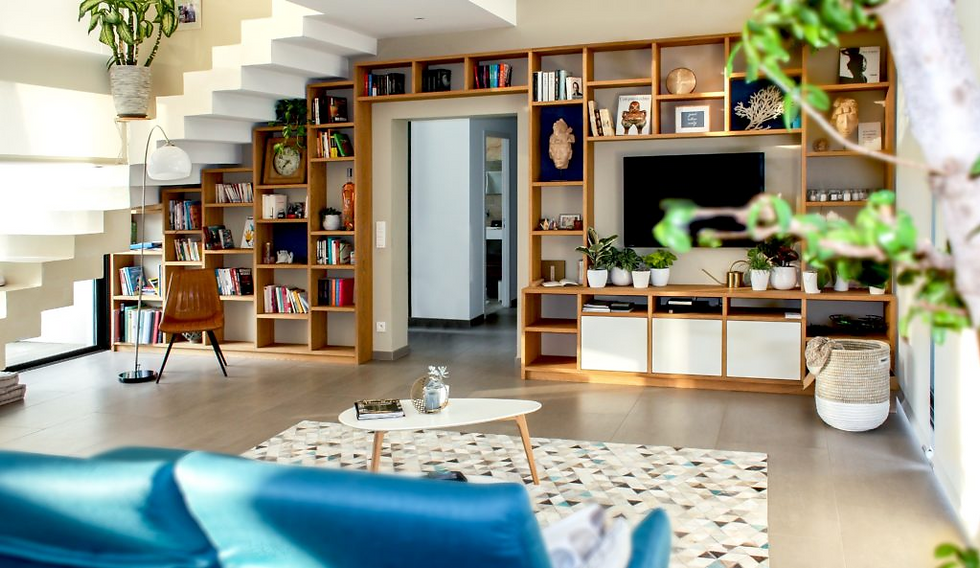The Future Of Interior Walkthroughs
- Zodev Design

- Jan 27, 2023
- 3 min read
Increasingly, real estate agents are using Virtual Tours to show off homes for sale. This technology is helping buyers make informed decisions when considering a home purchase. The best interior walkthroughs service, This is particularly helpful when a prospective home owner is looking for ideas to remodel or update a home.

Real Estate Agents
Using augmented reality (AR) and virtual reality (VR) technologies, real estate agents can create a personalized experience for their customers to view properties online. It also allows buyers to narrow down their property searches. This makes it easier for buyers to make decisions without spending time visiting the property.
Unlike traditional virtual tours, these tours are interactive and allow viewers to click on screens throughout the house to see different rooms. They can be viewed on any device. Often, they feature a floor plan.
Using this technology, agents can recruit top agents and build a brand. In addition, they can increase engagement with properties online. It can also help reduce vacancy rates.
In the future, data science will be a key feature of the real estate industry. It will provide real estate agents with new ways to analyze data and improve operational efficiency. These tools will also enable the real estate industry to achieve higher ROI.
The use of smartphone apps has changed the way real estate agencies work. They enable buyers and sellers to share information about a home, which saves both parties time. In addition, they provide a more collaborative environment for stakeholders to work together.
It also helps save money for realtors. The augmented reality feature lets them lead lookovers using their own smartphone.

Architects
Architects are tasked with a multitude of tasks, many of which are ancillary to the design phase. As such, the art of the deal is a matter of juggling the competing priorities. While this is not always an easy task, it is certainly worth the effort.
The most obvious task is to make sure that all of the elements in the design puzzle are aligned in a way that will yield a unified, aesthetically pleasing end result. One of the best ways to do this is to devise a system for assigning roles to designers. The trick is to be sure to assign tasks to the right people, in the appropriate order, at the right time. The other key is to ensure that designers are working to the same level of performance. This will ensure that no one person is left behind, and that no design is compromised. The results are a much more fluid and flexible design process.
Among the more difficult tasks is the selection of the right people for the right jobs. This is where an animated design presentation comes in handy. A well executed animation can improve the chances of success by several orders of magnitude.
Virtual Tours
Whether you are a realtor, real estate developer, or a homeowner looking to sell your property, virtual tours can be a powerful tool. They can increase online exposure and lead to more onsite visits.

A virtual tour is a video that enables users to see and navigate a 3D space. These can be interactive and can be used on any device. The best ones allow you to walk through a property at your own pace, and they can help you win over potential customers.
To create a virtual tour, you will need a camera, a tripod, and a hosting platform. A good camera will be able to capture a wide range of angles and have an accurate reading of depth. It is important to make sure the images are clear and that you get the right focal length.
The equipment you will need will vary depending on the type of tour you are creating. For example, a 360-degree camera is ideal for creating a virtual reality tour. You will also need a smartphone with an app to access the content.
Some software programs will offer their own cameras and accessories. Some of them will even give you a free training course to help you get started. The key to creating a great virtual tour is to include everything you can, and to avoid reflections.



Comments